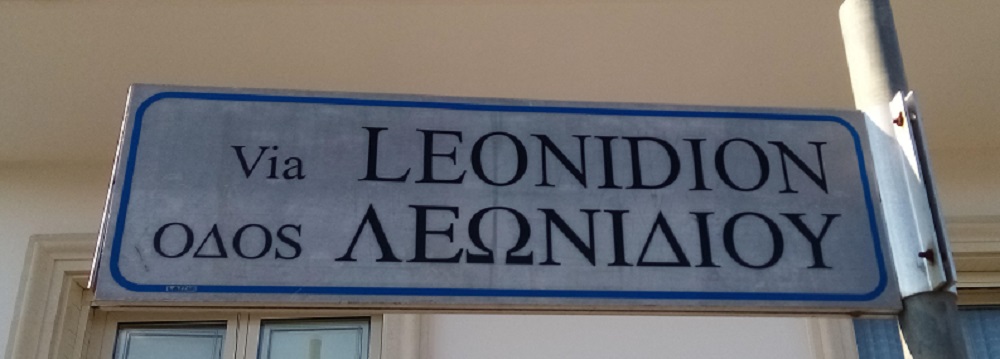
*By Andronikos Falangas
In the peninsula of Salento, which is the southern part of the Italian region of Apulia, and in particular in the province of Lecce, an association of twelve municipalities called Unione dei Comuni della Grecìa Salentina (Union of Municipalities of Salentine Greece) has been established for some decades to preserve and promote their cultural specificity. This cultural specificity lies in the fact that within the geographical boundaries of these municipalities, in the not too distant past, one of the dialects of the Greek language known as Griko was widely spoken. For this reason the area in which the above municipalities are situated is called ‘Grecìa salentina’. Today the dialect of ‘Griko’ is spoken by only a few elderly people, mainly in the village of Sternatia, while some middle-aged people, who know it only to a certain extent, use it occasionally. The language idiom is more widely known in Greece and Cyprus through traditional songs or artistic compositions such as ‘Andra-mu pai’ by Franco Corlianò from the small town of Calimera, whose performance by Maria Farantouri was a recording success in the 1970s.
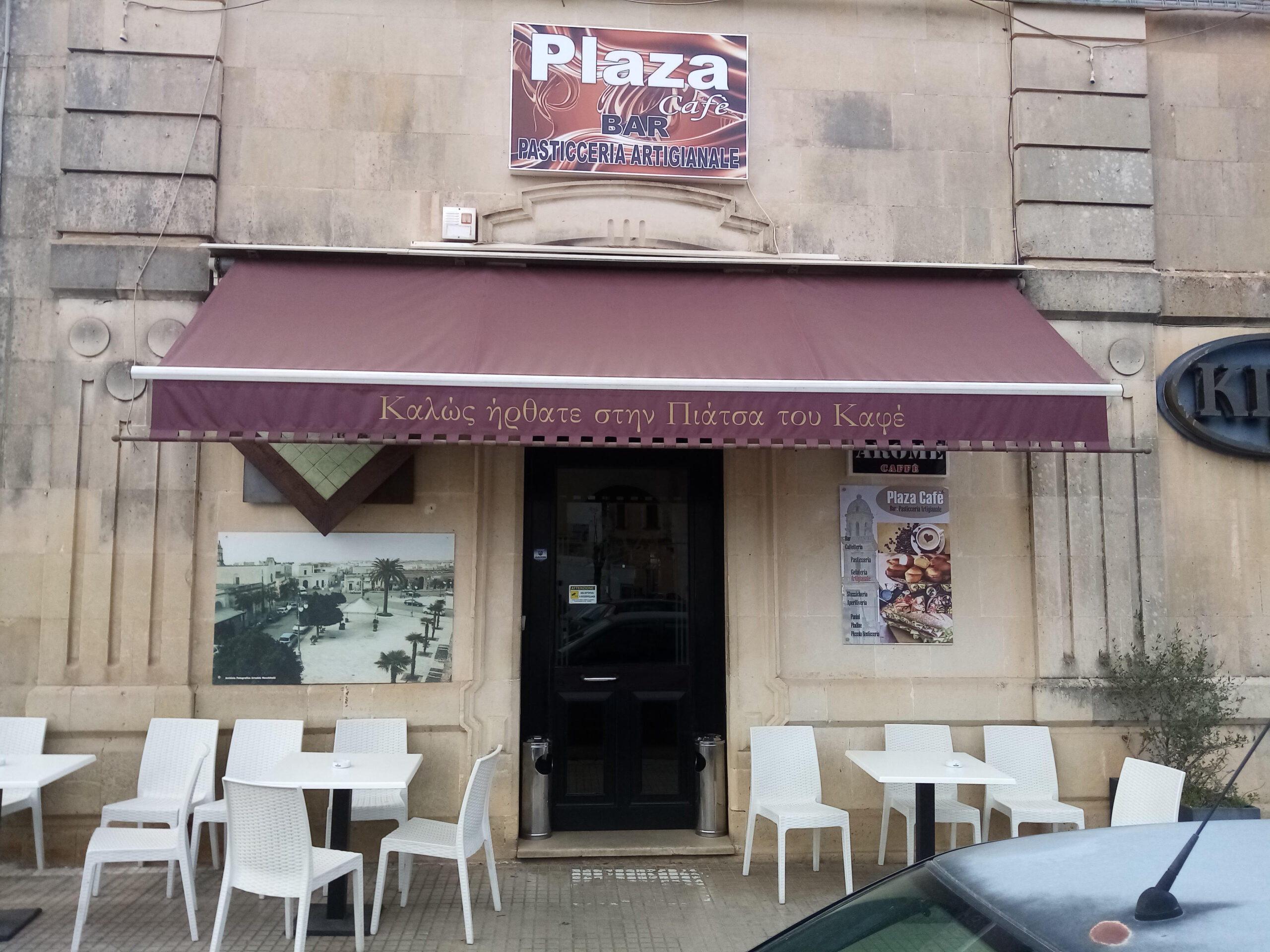
This Greek-speaking past and its survival mainly through the musical tradition has stimulated the sensitivities of Greeks, Cypriots and Greeks of the diaspora. Ecumenical Patriarch Bartholomew (2016) and two presidents of the Hellenic Republic, Katerina Sakellaropoulou (2022) and Kostis Stephanopoulos (2001), have solemnly toured Grecìa salentina. However, the mobility towards the Greek-speaking Salento is mainly and only occasionally for a Greek travelling public, as a short tour of some of the communities where Griko is still spoken, part of the group excursion programmes organised by travel agencies in Greece and Cyprus. It should be noted that in Salento the local tourist operators are focusing on attracting travellers from Northern Europe and the United States, as these travellers are willing to spend more time in Grecìa salentina and to take part in events that promote the gastronomic tradition and other aspects of Griko culture.
Apart from any romantic connotations that the existence of Grecìa salentina may raise, the economic dimension of its cultural specificity cannot be denied. And it is precisely this dimension that is the main motivation for the promotion and preservation of the Griko culture. It is no coincidence that Grecìa salentina is nowadays presented in an enlarged form. Next to the nine Greek-speaking communities (Calimera, Martignano, Sternatia, Soleto, Zollino, Martano, Castrignano de’ Greci, Melpignano, Corigliano d’Otranto) which traditionally make up the Grecìa salentina, other non-Greek-speaking municipalities (Cutrofiano, Sogliano Cavour, Carpignano Salentino) have been successively added, but they justify their participation in the association by invoking a distant Greek-speaking past.
It is a fact that Salento has become an up-and-coming and promising tourist destination in Italy. Cities with an important architectural heritage, such as Lecce, called “Firenze del Sud”, villages with impressive scenic beauty, beaches on the Ionian and Adriatic Seas and the musical-dancing tradition of the tarantella attract thousands of tourists from northern Italy and other countries in and outside Europe. To the tourist product offered by this destination, the Griko culture adds a unique, exotic and multicultural touch. The term ‘Griko’ itself, as well as words or phrases in Griko or common Greek (filìa, spiti, s’agapò, fai, artopoleio, etc.) have become part of the nomenclature of hotels or tourist accommodation, as well as businesses offering services to tourists (restaurants, bars, coffee shops, bakeries, etc.). Explanatory inscriptions in Griko, or even in modern Greek, have been placed on monuments and streets in the communities of Grecìa Salentina, while at many of the entrances to these communities there are large signs with the words ‘Kalòs ìrtate’ (and in smaller Greek characters ‘Καλώς ορίσατε’). Moreover, the very existence of even a small number of living speakers of Griko is another key factor in the development of tourism with visitors from Greece. Personal contact and conversation with the remaining speakers of the Greek idiom is an integral part of any group tour of the Salento area by Greeks.
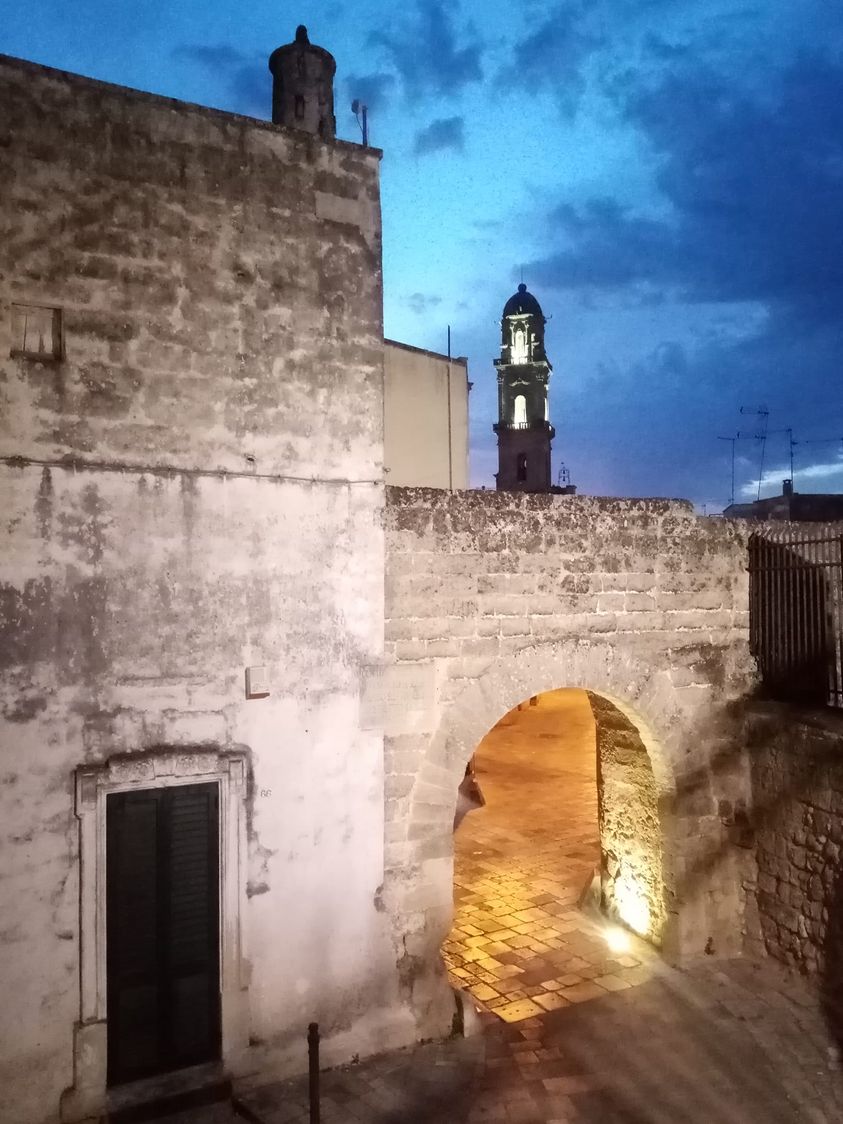
Apart from the promotion of the linguistic idiom, however, some additional steps need to be taken for the wider promotion of the cultural specificity of Grecìa salentina in Greece and Cyprus, especially with regard to the promotion of its Byzantine heritage. Monuments such as the 6th century crypt of Sant’Onofrio (Cripta di Sant’Onofrio) at Castrignano de’ Greci, as well as the later caves of the Cripta di Santa Cristina and the Cripta di San Sebastiano in Carpignano Salentino and Sternatia are only occasionally open to the public, while the Chiesetta di Santo Stefano in Soleto, with paintings that show the survival of the Byzantine tradition in the late Middle Ages, is easily accessible only during the summer season. The full exploitation of these and other monuments can boost cultural and religious tourism with the main interested travellers coming from Greece and Cyprus.
In Grecìa salentina, throughout the summer season, a large number of tourists participate in the numerous local festivals and other frequent music and dance events, where songs in Griko alternate with those in the local Italian dialect – the programme traditionally ends with the ‘hymn of Salentine Greece’ (‘inno della Grecìa salentina’), the Kalinifta song. From all these events, La Notte della Taranta (The Night of Tarantula) has acquired a special identity that has established it as one of the most important musical events in the whole of Italy, with the participation of artistic personalities from different parts of the world. It is organised every August in every community of Grecìa salentina, culminating in the final concert in Melpignano, which attracts an extremely large number of spectators. Since 2008 the festival has been held under the auspices of a special organisation (Fondazione ‘La Notte della Taranta’) in response to the organisational and promotional challenges brought about by its great success. In 2013, the mayor of Sternatia, Massimo Manera, was elected president of this organisation, a position he still holds today in addition to his office as mayor.
The interest shown by the Greek public for the songs of the Greek speakers of Salento favoured and still favours the existence and activity of local music groups, some of which, such as Ghetonia from Calimera, are often active in Greece. This interest also contributes to the creation of new bands by local musicians who, although they do not know Griko, are inspired by the Greek-speaking musical heritage or even by the Greek musical tradition. A typical example is Taxidi, with members from various communities in Salento, whose search extends to the field of Greek folk music and rebetiko. Moreover, the contemporary emphasis on modernity and multiculturalism has led the Greek-speaking musical tradition on unprecedented paths. Giorgio Filieri from Sternatia, a scholar of the language and tradition of Grecìa salentina and the soul of the band Asteria, has recently presented under the pseudonym Jorgos a bold creation entitled Me tin glòssa-mu, which combines sounds in Griko with rock music.
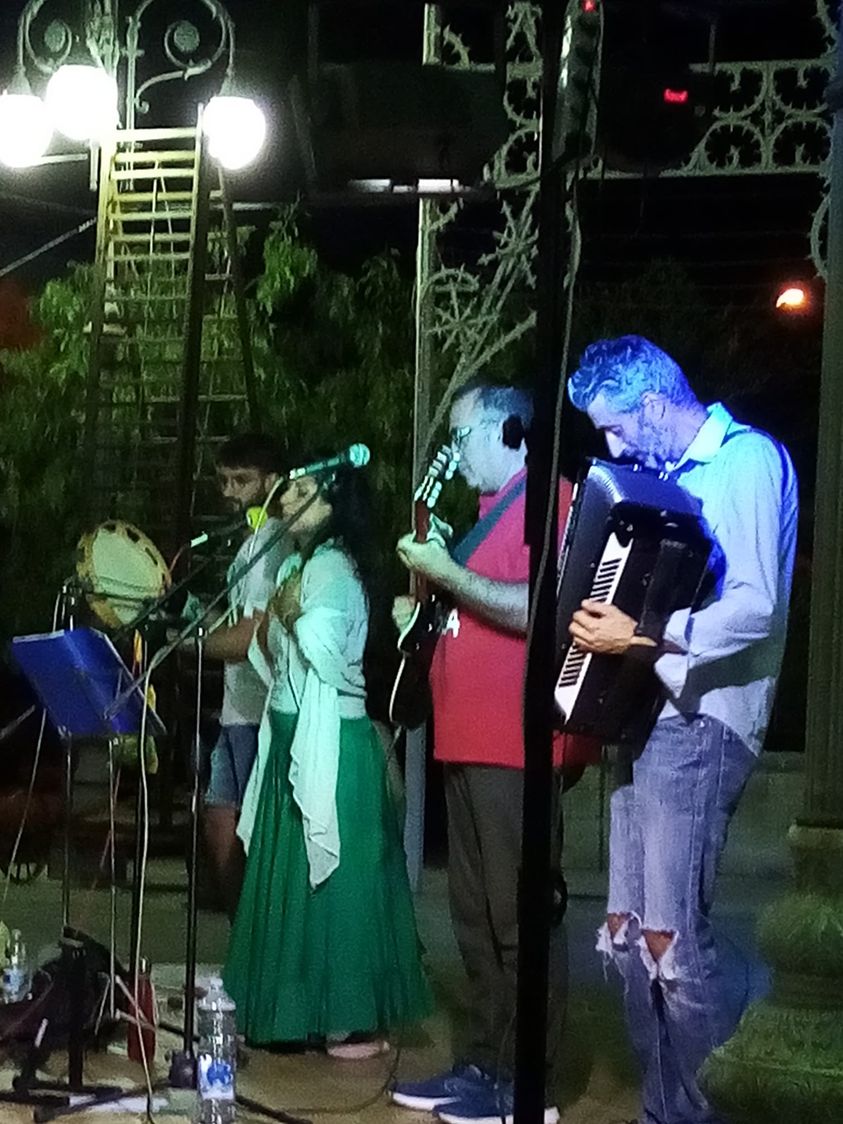
A region characterised by its cultural specificity is a fertile ground for the development of activities that highlight its architectural and artistic wealth, its popular culture or even its natural environment through European programmes, national resources or private sponsorship. Consequently, it is only natural that Grecìa salentina should benefit from such an advantage. Mention should be made, for example, of the operation in Calimera of a folklore museum (Casa-museo della Civiltà Contadina e della Cultura Grika) focusing on the promotion of the traditional way of life in Greek-speaking Salento. In the neighbouring Martignano, Pantaleo Rielli, assisted by a group of young people, has been actively involved in the creation of the Parco Turistico-Culturale “G. Palmieri”. In this way, the Palazzo Palmieri, a historic building complex, part of which is a remarkable semi-basement olive oil mill, was exemplarily restored, as was the neighbouring Cappella di San Giovanni Battista, a 17th century monument associated with the adoption of the Latin liturgical rite and the subsequent abandonment of the Byzantine rite by the local Greek-speaking community. A short distance from this religious monument, a contemporary inscription commemorates the restoration and conversion into a library of another historic building through a European project with the participation of Greece.
In conclusion, it could be said that the Greek dialect of Salento as a living language will soon be a thing of the past, but Grecìa salentina is expected to have a future, mainly through the economic dynamics associated with the exploitation of the local Greek-speaking tradition.
***Andronikos Falangas was born in Athens. He studied history at the Aristotle University of Thessaloniki and holds a PhD from the University of Paris 1 Panthéon-Sorbonne. He has taught at universities and academic institutions in the United States, Greece, Israel, Cyprus, Romania and France. Since 2021 he has been living permanently in the Greek-speaking community of Sternatia, Puglia.

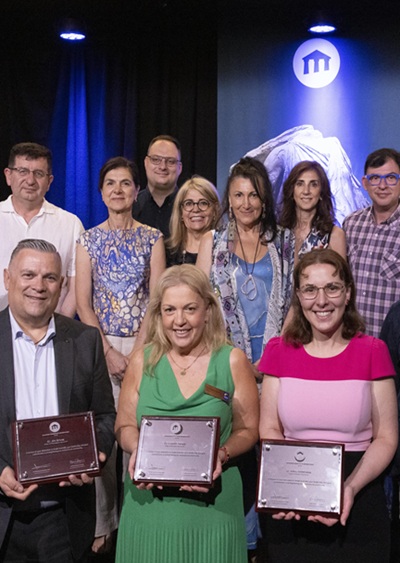
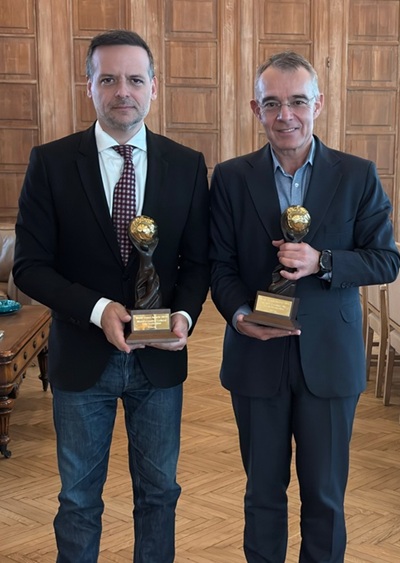
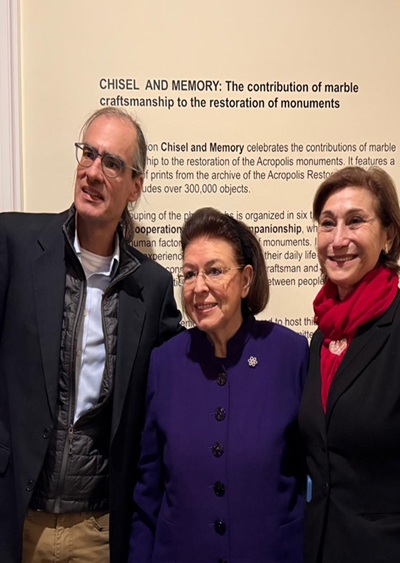
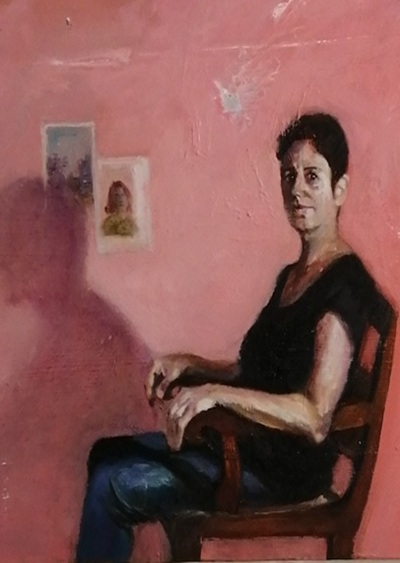


Leave A Comment